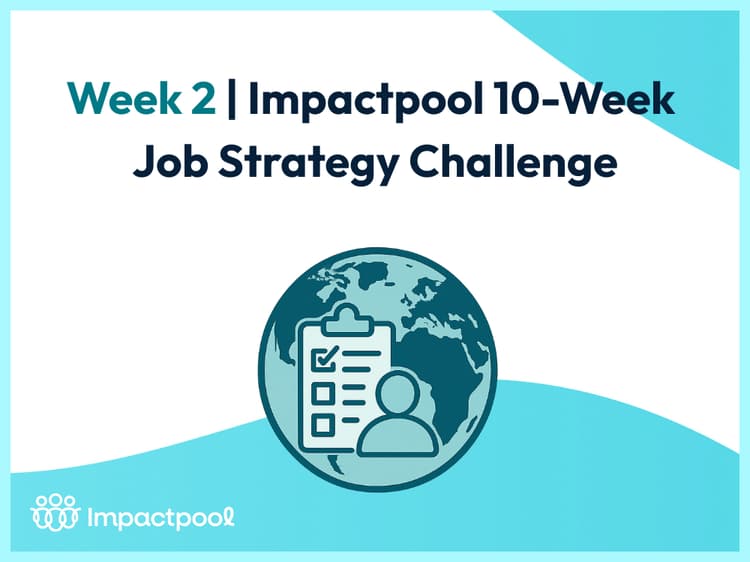Week 2 - Impactpool 10-Week Job Strategy Challenge - Understanding Job Grades and Contract Types
Week 2 – Understanding Job Grades and Contract Types
By now, you should have identified three organizations you’d like to work for. You also have a basic grasp of key terminologies, the roles that interest you and how your skills can transfer into these positions. This week, we’ll take the next step: learning how to read and interpret job postings effectively.
With thousands of jobs advertised at the same time, the process can feel overwhelming. That’s why we narrowed the focus starting with 3 to 5 organizations, identifying your preferred job functions and now moving to the crucial step of understanding grade levels.
Grades are important because they define seniority, experience requirements and eligibility. If you don’t meet the minimum requirements, you may be screened out immediately. To help, we’ve compiled an International Organizations Grade System guide. Since grade structures vary across organizations, this tool helps you match your years of experience with the right grade level. We’ve also developed a job title-to-grade mapping table covering 70 job titles, so you can easily determine seniority without opening every single posting.
Below we explore Talent Pools, Rosters and Clusters, Contract types in the UN and EU and how they differ to one another.
